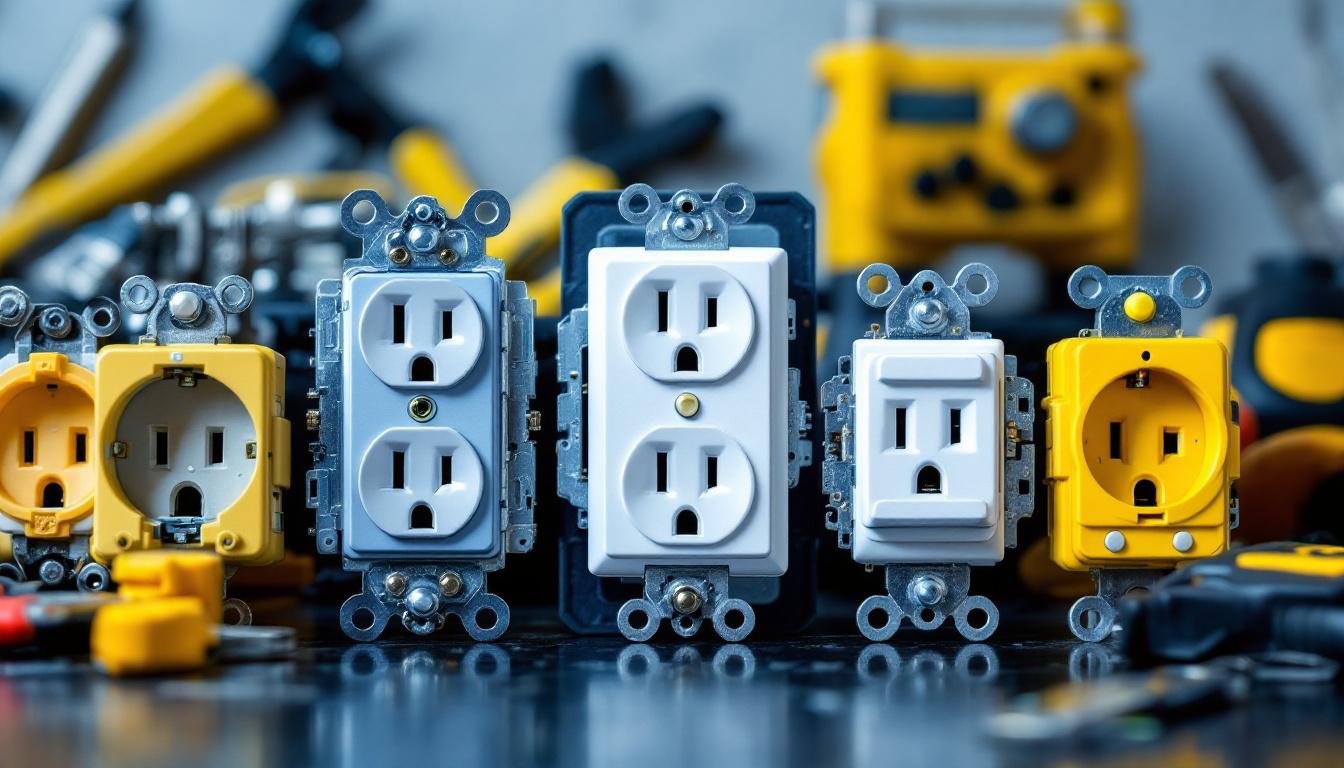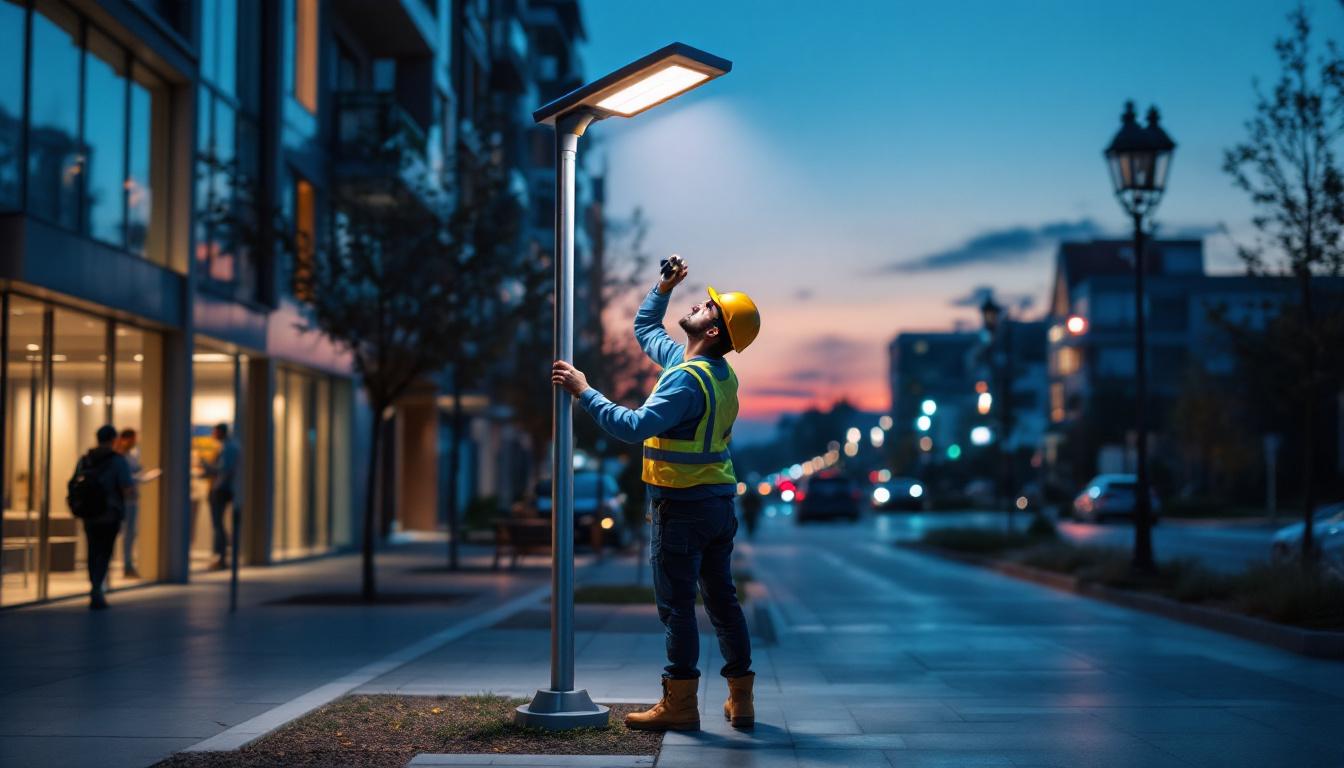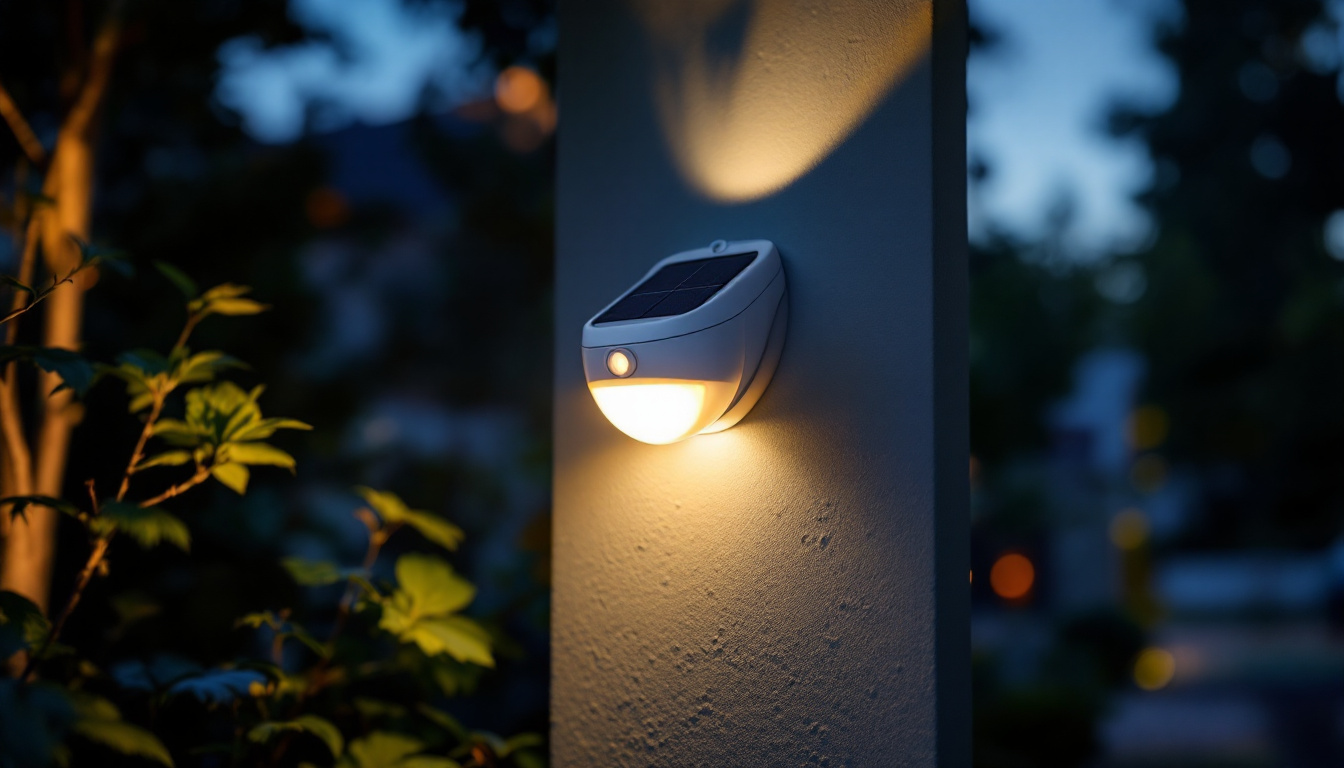
For lighting contractors working across residential, commercial, and industrial projects, understanding the variety of electrical outlet types used in the United States is fundamental. Electrical outlets are more than just points of power access; they are critical components that influence safety, compatibility, installation efficiency, and compliance with electrical codes. This comprehensive article explores the different types of electrical outlets prevalent in the U.S., their significance for lighting contractors, and practical considerations to ensure optimal project outcomes.
The United States primarily uses the NEMA (National Electrical Manufacturers Association) standard for electrical outlets and plugs. The most common types encountered by lighting contractors include the NEMA 5-15 and NEMA 5-20 outlets, but specialized applications often require different configurations. Recognizing these types and their characteristics is essential for contractors to select the right outlet for the intended lighting system.
The NEMA 5-15 outlet is the most ubiquitous electrical receptacle in the U.S., designed for 120 volts and rated for 15 amps. It features two parallel vertical slots and a grounding hole, providing a safe and reliable connection for most residential and light commercial lighting equipment.
In contrast, the NEMA 5-20 outlet is rated for 20 amps and includes a T-shaped slot to accommodate plugs designed for higher current loads. This outlet is often found in commercial settings where lighting fixtures or equipment demand more power, such as in large retail spaces or industrial lighting applications. The versatility of the NEMA 5-20 outlet allows it to support a range of devices, from heavy-duty lighting to power tools, making it a favorite among contractors who require flexibility in their installations.
Beyond the standard 15- and 20-amp outlets, lighting contractors may encounter or need to install specialized outlets for dedicated circuits. These include GFCI (Ground Fault Circuit Interrupter) outlets, which are crucial in wet or damp locations to prevent electrical shock, and AFCI (Arc Fault Circuit Interrupter) outlets, which detect and mitigate arc faults to reduce fire risk.
Understanding when and where to use these specialized outlets is critical. For example, exterior lighting installations or lighting in bathrooms and kitchens require GFCI protection by code, while AFCI protection is increasingly mandated in living spaces to enhance safety. Additionally, the rise of smart lighting systems has led to the development of outlets that incorporate USB ports, allowing for the convenient charging of devices while maintaining the functionality of traditional plugs. This innovation not only caters to modern consumer needs but also promotes efficient use of space and reduces clutter from multiple chargers. As technology continues to evolve, lighting contractors must stay informed about these advancements to provide the most effective solutions for their clients.
For lighting contractors, knowledge of electrical outlet types goes beyond simple plug compatibility. It directly impacts safety, compliance, project efficiency, and client satisfaction.
Electrical codes such as the National Electrical Code (NEC) specify outlet types and configurations for different applications. Lighting contractors must adhere to these codes to ensure installations are safe and legally compliant. Incorrect outlet selection or installation can lead to electrical hazards such as shocks, fires, or equipment damage.
For instance, installing a standard outlet where a GFCI is required can expose users to shock hazards, especially in wet environments. Similarly, neglecting AFCI protection in living areas can increase fire risk. Contractors who are well-versed in these requirements help protect end-users and avoid costly code violations. Additionally, staying updated on local amendments to the NEC can further enhance safety, as municipalities may have specific regulations that differ from national standards. This diligence not only fosters a safer environment but also builds a contractor’s reputation for reliability and professionalism.
Lighting fixtures and control devices often have specific power requirements. Using the correct outlet type ensures compatibility and optimal performance. For example, some advanced lighting systems may require 20-amp circuits to operate efficiently, while others might need dedicated outlets with specific grounding or surge protection features.
By selecting the right outlet, contractors can prevent issues such as tripped breakers, flickering lights, or premature equipment failure, thereby enhancing the reliability and longevity of lighting installations. Furthermore, understanding the nuances of smart lighting technology is becoming increasingly important. Many modern systems rely on specific outlet types to facilitate communication between devices, and ensuring that these connections are correctly established can significantly improve user experience and functionality.
Familiarity with outlet types allows lighting contractors to plan installations more effectively. Knowing the physical dimensions, wiring requirements, and mounting options of various outlets helps in designing layouts that are both functional and aesthetically pleasing.
Moreover, understanding outlet types aids in troubleshooting and maintenance. When issues arise, contractors can quickly identify if the problem stems from an incompatible or faulty outlet, reducing downtime and service costs. This proactive approach not only saves time but also enhances customer trust, as clients appreciate quick and efficient resolutions. Additionally, by documenting outlet types and configurations during installation, contractors can create a valuable reference for future maintenance or upgrades, ensuring that any subsequent work can be carried out smoothly and without unnecessary complications.
Lighting contractors often work with a range of outlet types tailored to specific environments and lighting needs. Below is an overview of common outlets and their typical uses in lighting projects.
These outlets are the default choice for most residential lighting applications. They support standard lamps, LED fixtures, and plug-in lighting controls. Their widespread availability and compatibility make them a reliable option for general lighting needs.
Used primarily in commercial and industrial settings, these outlets support higher-powered lighting equipment such as large LED panels, track lighting systems, and some types of stage or architectural lighting. Their design prevents accidental insertion of 15-amp plugs, ensuring proper current handling.
GFCI outlets are mandatory in areas prone to moisture, such as outdoor lighting installations, bathrooms, kitchens, and garages. They monitor current flow and quickly cut power if an imbalance is detected, protecting users from electric shock.
AFCI outlets are increasingly required in residential living spaces to prevent fires caused by arcing faults. Lighting contractors installing fixtures in bedrooms, living rooms, and hallways should incorporate AFCI protection to comply with safety standards.
For outdoor lighting or installations accessible to children, weather-resistant (WR) and tamper-resistant (TR) outlets provide added safety. WR outlets are built to withstand environmental conditions, while TR outlets prevent foreign objects from being inserted, reducing the risk of electrical accidents.
Choosing the right outlet involves several practical factors that influence installation success and long-term performance.
Contractors must evaluate the total power draw of lighting fixtures and controls to select outlets with appropriate amperage ratings. Overloading a 15-amp outlet with high-demand lighting can cause breaker trips or damage.
Electrical codes vary by jurisdiction but generally align with NEC standards. Contractors should stay updated on local amendments and requirements, particularly regarding GFCI and AFCI installations, outlet placement, and grounding practices.
Outdoor or damp locations necessitate outlets with weather-resistant features. Additionally, in high-traffic or commercial areas, durable outlets that can withstand frequent use and potential abuse are preferred.
Considering future lighting upgrades or expansions is wise. Installing outlets that can handle increased loads or accommodate newer lighting technologies saves time and cost in the long run.
Real-world examples illustrate the importance of correct outlet selection for lighting contractors.
A contractor installing a smart lighting system in a modern home opted for GFCI-protected outlets in the kitchen and bathroom areas, ensuring safety compliance. Additionally, 20-amp outlets were installed in the living room to support high-powered LED fixtures and control hubs. This approach prevented electrical faults and enhanced system reliability.
In a retail store retrofit, the contractor replaced outdated 15-amp outlets with 20-amp, weather-resistant outlets to accommodate new LED track lighting systems. This upgrade reduced breaker trips and improved lighting consistency, contributing to a better shopping environment and energy efficiency.
For an outdoor architectural lighting project, the contractor used tamper-resistant, weather-resistant GFCI outlets strategically placed for ease of maintenance and safety. This choice ensured the lighting system remained operational and safe despite exposure to harsh weather conditions.
Electrical outlets are a foundational element in lighting installations, influencing safety, functionality, and code compliance. For lighting contractors, mastering the nuances of outlet types used in the United States is indispensable. From standard 15-amp receptacles to specialized GFCI and AFCI outlets, each type serves a distinct purpose that aligns with specific lighting needs and environments.
By integrating thorough knowledge of outlet types into project planning and execution, lighting contractors can deliver safer, more reliable, and code-compliant lighting solutions. This expertise not only safeguards end-users but also enhances contractor reputation and operational efficiency in a competitive market.
Ready to elevate your lighting projects with the best materials on the market? Look no further than LumenWholesale for all your electrical outlet and lighting needs. Our extensive selection of spec-grade lighting products is designed to meet the highest industry standards, ensuring you deliver safe, efficient, and code-compliant installations every time. Take advantage of our unbeatable wholesale prices, free shipping on bulk orders, and the convenience of cutting out the middleman. Don’t compromise on quality or value—visit LumenWholesale today and experience the perfect blend of quality, affordability, and convenience for your next project.

Discover how solar lamp posts are revolutionizing the lighting industry by enhancing efficiency for contractors.

Discover how waterproof electrical cord connectors can revolutionize your lighting projects by enhancing efficiency and durability.

Discover how light sensing porch lights can give lighting contractors a competitive edge in winning more bids.

Illuminate your expertise with our deep dive into exterior solar motion detector lights.